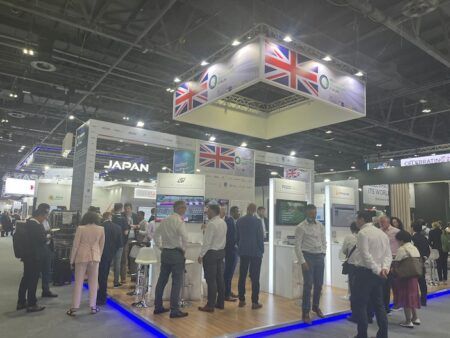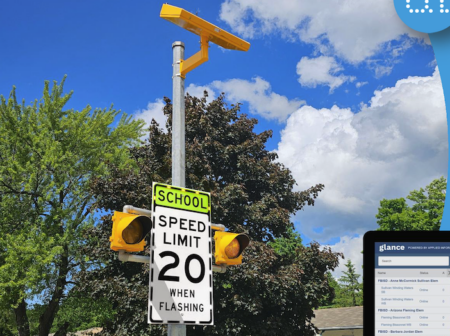Transportation engineers attending the ITE Toronto 2017 event next week will get a chance to discover how Transit Signal Priority (TSP) technology is helping to reduce travel times through New York City’s notoriously congested Wall Street financial district.
Global Traffic Technologies (GTT) and the Greenman-Pedersen Inc. (GPI) engineering consultancy will discuss the results of New York’s M15 Select Bus Service TSP pilot program, which will be presented at ITE’s (Institute of Transportation Engineers) Annual Meeting and Exhibit. The theme of this year’s joint ITE/Canadian ITE event is ‘Transportation for All: Putting New Ideas into Practice’, and it runs from July 30 to August 2.
During the meeting, the ITE’s international membership of transportation professionals will get the opportunity to learn about new methods to improve mobility and safety for all transport system users, and help build smarter communities.
As part of the ‘Transit Mobility: Improving the System’ session on August 1, GTT’s vice president of strategic sales, Victor Darias, and GPI’s director of simulation modeling services, Mark Yedlin, will co-present ‘Optimizing TSP Success in New York City’. The presentation highlights the collaboration between multiple agencies to achieve a better system, reducing travel times of buses and trains, and in turn, increasing ridership and reducing congestion by having fewer commuters travel by car. GTT and GPI worked together on the project to model and deploy a TSP solution that has reduced travel times by up to 18% along one of the world’s busiest bus routes.
GTT is a leader in priority control and traffic sensing systems, with thousands of implementations of its widely respected Opticom system installed worldwide. With results that can show reductions in transit delay by up to 40% and fuel costs by up to 19%, Opticom TSP provides buses and other public transport vehicles with the ability to request green lights at intersections, allowing for better schedule adherence and headway management.
“The TSP solution we developed with GPI for New York’s Wall Street financial district is an illustration of the way that challenges, including traffic congestion, heavy pedestrian traffic, a GPS signal canyon, and the involvement of multiple agencies, can be overcome via intelligent collaboration,” explained Darias.
“In our presentation, Mark and I walk through the process of bringing this solution to fruition, and show how constant communication has allowed those multiple agencies to deliver a system that has reduced travel times for buses, and reduced delays for other traffic.”




